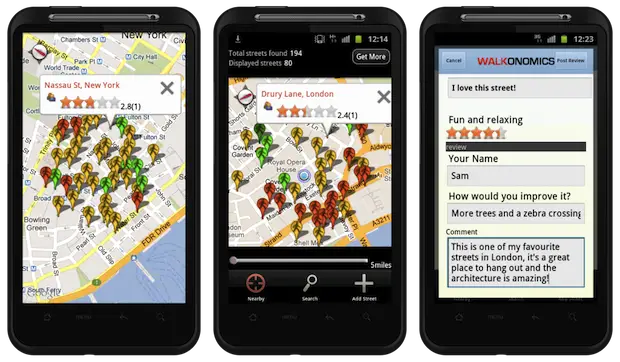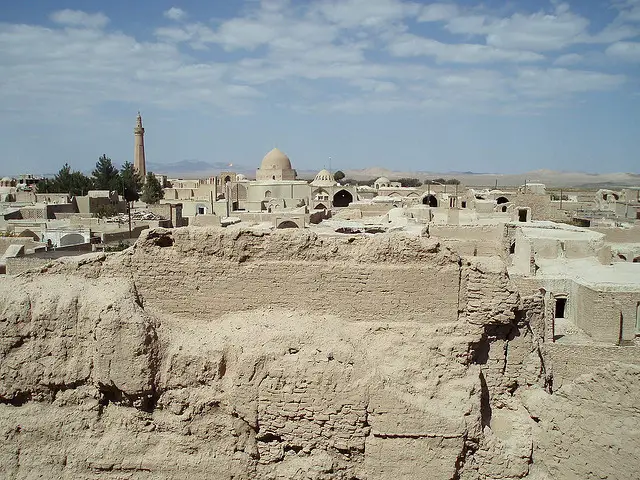Regions and countries around the world are usually associated with elements that are deeply rooted in society’s psyche. Similar happens to cities where they are too associated with a single symbol, element, event or structure. For example, Poitiers is where the Muslims where halted in the 8th Century, not the modern city that lies in the centre of France; Rio de Janeiro is a place of Samba, Carnaval and celebration, not a city usually plagued with crime and deep social issues, and so goes on the list.
However, the cultural, geographical and social nature of some places is less well-known, with Iran being one example. After the Revolution in 1979, a country which had opened its doors to the world during the Post-War era, shut its doors again and has been shrouded in mystery and seen with wary eyes by the West ever since. Today, it is hard to imagine what goes inside any of the Islamic Republic’s cities and even more challenging to identify an element to associate with Tehran – its biggest city. To the Western world, Iran is still the place of Islam, mystery and revolution.
However, the Persian city is much more than that, the Persian city marks more than two millennia of urban settlements, of imagination, literature, science and the coming and going of great civilisations. From Darius the Great’s Persepolis to the majestic Naqsh-e Jahan Square in Isfahan which at one point in history was one of the greatest cities on Earth, the Persian city not only hosts a plethora of elements which would dwarf any other city in cultural and historical relevance, but serves as an intrinsic example of cities that have been inhabited for centuries and of communities that have had the capacity to rebuild, reimagine and redefine their home towns. This is not something to take lightly, as cities in Iran are some of the longest continually inhabited places on Earth. The fact that they are still standing is an exceptional achievement, and this has a vast significance to the local communities, their identities and how they relate to the urban environment.
The modern Persian city is a mix of old, new and forgotten. It is a place where modern development plays with elements of the past, addresses environmental hazards and plays a dynamic role in the future of communities and cities. As an Iranian urban designer puts it:
“Persian cities cannot be described as static places, they are always on the move, they have to be always on the move, it’s not a necessity, but their nature as it has been during the last two thousand years.”
This Big City is thrilled to be the Media Partner of Urban Change in Iran – the first conference of its kind to bring together top practitioners, academics and specialists of the built environment from Iran in the Western world. The event will run in London from November 8th-9th where professionals will discuss the most pressing issues related to urban planning in the region, from historical urbanism as a tool for modern development and strengthening of local identities to best practice to mitigate the risks of natural disasters.
Photo: kamshots


